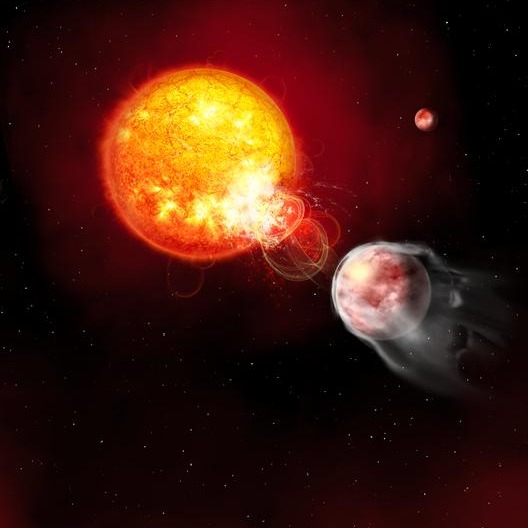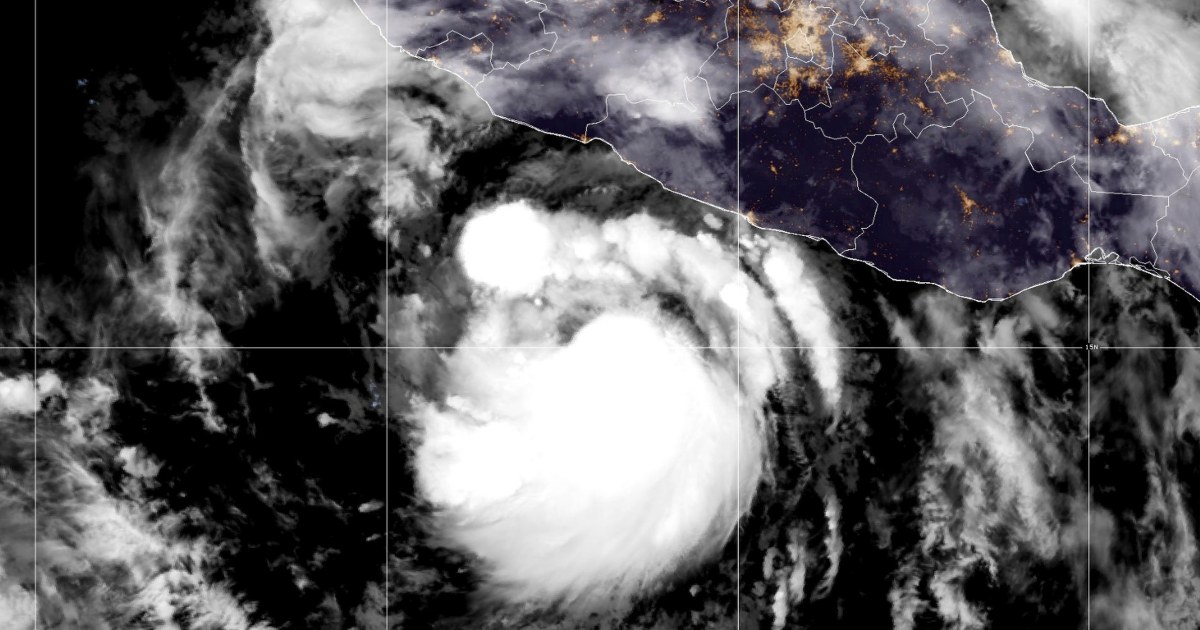In an unprecedented astronomical discovery, scientists have observed an exoplanet affectionately dubbed ‘cotton candy’ due to its ethereal density, engaged in a remarkable and destructive cosmic dance with its host star, triggering intense stellar flares. This groundbreaking observation marks an astronomical first, providing invaluable insights into the extreme conditions that can exist within exoplanetary systems and challenging existing models of planetary formation and evolution. The unique celestial relationship unfolding offers a rare glimpse into the dramatic processes shaping planetary life cycles.
The exoplanet, characterized by its remarkably low density and expansive atmosphere, resembles spun sugar, hence its whimsical nickname. This gas giant’s extraordinary proximity to its host star is the crux of this celestial drama. Such extreme closeness results in profound gravitational interactions, turning what might seem like a close embrace into a destructive encounter. Its vast, tenuous atmosphere is particularly susceptible to the powerful forces exerted by the star, setting the stage for an unprecedented cosmic event.
What makes this discovery truly unique is the direct correlation between the exoplanet’s presence and the recurrent, powerful flares erupting from its host star. For the first time, astronomers have witnessed a clear link where an orbiting body actively causes its star to flare. These stellar eruptions, indicative of immense energy release, signify a highly dynamic and previously unobserved interaction within an exoplanetary system, pushing the boundaries of our understanding of star-planet dynamics in Space.
Scientists believe that this “cotton candy” exoplanet is undergoing a process of slow self-destruction. The immense gravitational forces and fierce radiation from the host star are gradually stripping away the planet’s atmospheric layers, essentially dissolving it over time. This offers a unique and invaluable opportunity to study planetary dissolution in real-time, providing critical data on how planets behave when subjected to such overwhelming stellar forces, a phenomenon previously theorized but never directly observed.
This groundbreaking discovery offers profound implications for the field of Astronomy. The data collected from this celestial phenomenon will be instrumental in refining our theoretical models of planetary formation and evolution, especially concerning gas giants orbiting exceptionally close to their stars. It compels researchers to re-evaluate the resilience of planetary atmospheres and the long-term stability of such tightly bound systems, deepening our comprehension of the universe’s diverse and often violent processes.
The observation of this flaring host star and its self-destructing companion represents a significant leap forward in exoplanetary research. It highlights the vast and often surprising diversity of cosmic phenomena yet to be fully understood, underscoring the ongoing quest to unravel the mysteries of the cosmos. As scientists continue to analyze the data, this unparalleled insight into astrophysical dynamics promises to reveal new aspects of the intricate life cycles governing both stars and their orbiting bodies, offering a fresh perspective on the very fabric of our universe.
Discover more from The Time News
Subscribe to get the latest posts sent to your email.





